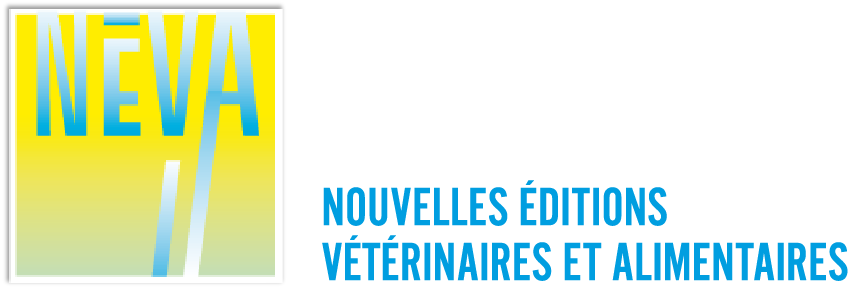Plan de l’article
CONTENTION ET PREPARATION CHIRURGICALE
INCISIONS ET CYSTOSCOPIE
FRAGMENTATION DU CALCUL VÉSICAL
SUTURES ET SOINS POST-OPERATOIRES
DISCUSSION
—
RESTRAINT AND SURGICAL PREPARATION
INCISION AND CYSTOSCOPY
FRAGMENTATION OF BLADDER STONE
SUTURES AND POST OPERATIVE CARE
DISCUSSION
Article
Urétrotomie périnéale et exérèse d’urolithiases vésicales à l’aide d’un sac laparoscopique chez le cheval
Nikita Arnal, Perrine Piat
Dans l’espèce équine, les mâles entiers et castrés sont prédisposés à la formation d’urolithiases. Celles-ci sont majoritairement situées dans la vessie et peuvent être à l’origine d’hématurie, de strangurie, de pollakiurie ou de dysurie. Parfois, des signes de colique sont observés.
Le diagnostic est effectué par palpation transrectale et est confirmé par échographie et par cystoscopie.
La cystoscopie permet d’analyser plus précisément le type de calcul, la présence de débris et d’évaluer d’éventuelles lésions sur la muqueuse vésicale.
Le traitement est chirurgical et consiste en l’extraction du calcul.
Plusieurs techniques sont décrites et permettent de retirer le calcul à la suite d’une fragmentation par lithotripsie ou non. Le choix de la technique dépend du propriétaire, de son budget, de son cheval.
L’urétrotomie périnéale, tout comme la cystotomie pararectale de Gokel sont des techniques qui sont effectuées sur cheval debout. La réalisation d’une urétrotomie périnéale nécessite peu de matériel chirurgical mais une colonne d’endoscopie est nécessaire afin de visualiser et d’extraire le calcul entièrement.
Les complications post-chirurgicales sont faibles, et les soins à réaliser minimes. La prévention repose essentiellement sur des mesures alimentaires visant à réduire le pH urinaire et l’excrétion de calcium dans les urines.
Disciplines : Uronéphrologie, chirurgie, thérapeutique
Mots clés : Urolithiases, vessie, urétrotomie périnéale, fragmentation, extraction, mâle, cheval, hongre
Perineal urethrotomy and extraction of bladder stones with a laparoscopic bag on horses
In the equine species, stallions and geldings are prone to urolithiasis formation. These are mainly located in the bladder and can cause hematuria, stranguria, pollakiuria or dysuria. Sometimes colic signs can be observed. The diagnosis is based on transrectal palpation and is confirmed by ultrasounography as well as cystoscopy. With cystoscopy, one can defined more precisely the type of stone, the presence of debris and assess the presence of lesions on the bladder lining. The treatment is surgical and consists of the extraction of the stone. Several techniques are described and allow stone removal with or without lithotripsy. The choice of the technique depends on the owner, his budget and his horse. Perineal urethrotomy and Gokel’s pararectal cystotomy are techniques that are performed on the standing horse.Performing a perineal urethrotomy requires few surgical equipment, but an endoscopy column is necessary to view and extract the entire stone. The post-surgical complication rates are low, and the postoperative treatments required minimal. Preventive methods to limit the formation of urolithiasis are based on dietary measures to reduce urinary pH and excretion of calcium in the urine.
Disciplines: Uronephrology, chirurgy, therapeutics
Keywords: Urolithiasis, bladder, perineal urethrotomy, male, fragmentation, extraction

2020 : Diplômé de l’école nationale vétérinaire de Lyon (ENVL)
2020-2021 : Internat en médecine et chirurgie des équidés, école nationale vétérinaire de Toulouse (ENVT)
Depuis Septembre 2021 : Praticien vétérinaire à la Clinique vétérinaire Gaillacoise (81)
Nikita Arnal is a veterinary doctor, practitioner in a small and large animal clinic at Clinique vétérinaire Gaillacoise (Gaillac, FRANCE).
2020: Graduated of the National Veterinary School of Lyon (ENVL)
2020-2021: Intern in horse medicine and surgery at the National Veterinary School of Toulouse (ENVT)
September 2021: veterinarian at Clinique vétérinaire Gaillacoise (81)

